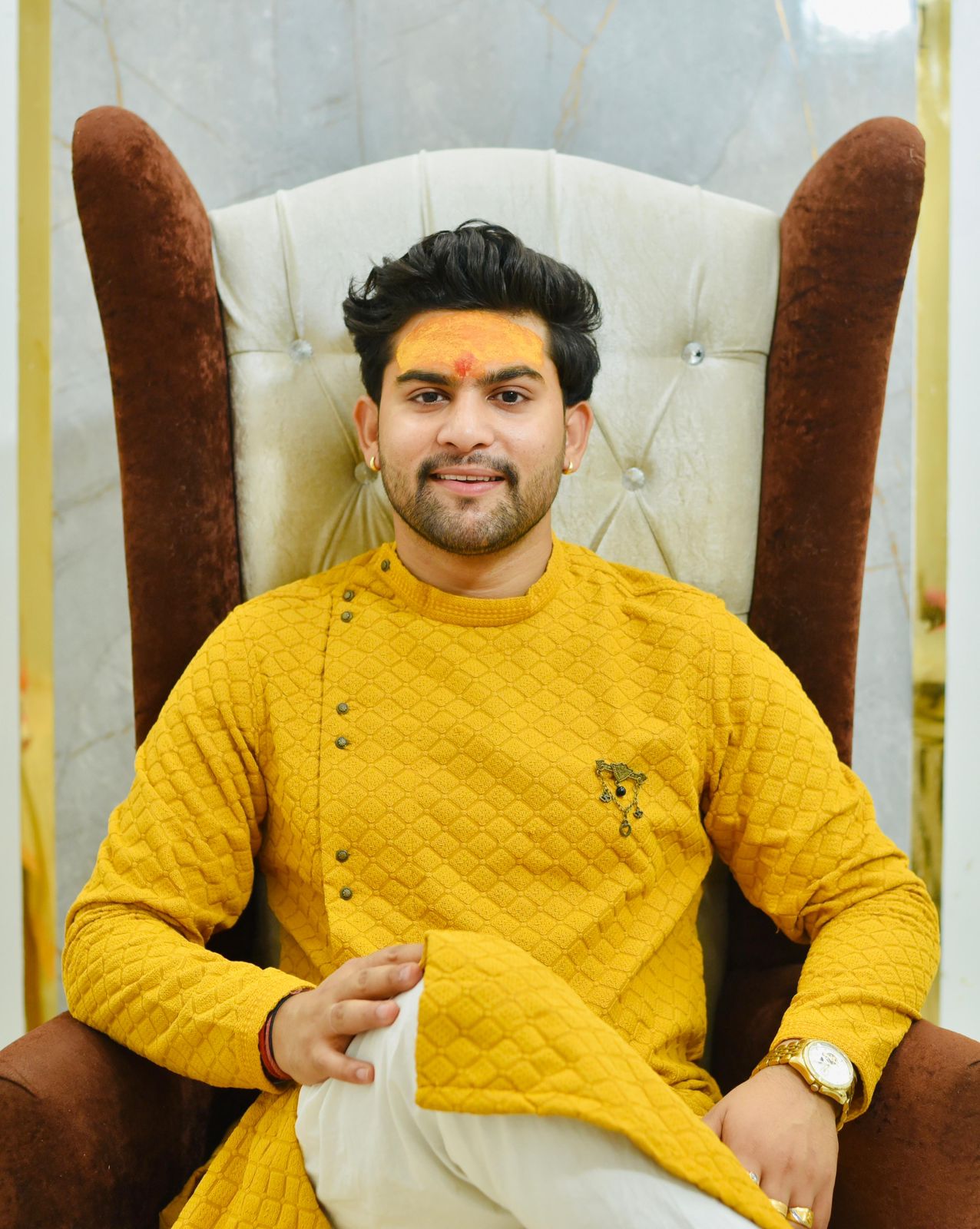The worship of Lord Shiva and Shakti in the form of Ardhanarishvara, whether during the auspicious month of Sawan or on ordinary days, holds a special place in Hindu spirituality. This unique form of Lord Shiva represents the perfect amalgamation of masculine and feminine energies, symbolizing the inherent unity and indivisibility of male and female principles.
The Chandogya Upanishad describes the genesis of the universe as emerging from pure existence, identified as Brahman. Endowed with immense creative power, Brahman manifests in various divine forms, each carrying its own significance. Among these forms, the Ardhanarishvara, which portrays Shiva as half-male and half-female, stands as a profound symbol of gender equality and the interconnectedness of all life.
Three Popular Stories about Lord Shiva’s Ardhanarishvara Form
- The Role of Brahma in Creation
Celebrity astrologer Parduman Suri recounts a mythological tale in which Brahma, tasked with creating the universe, faced the dilemma of his creations perishing. Unsure of how to perpetuate creation, Brahma sought guidance from Lord Shiva. In response, Shiva assumed the Ardhanarishvara form, a fusion of his masculine and feminine aspects, to inspire Brahma. Witnessing this divine union, Brahma was motivated to create beings capable of procreation, ensuring the continuity of life.
Shiva’s separation from Shakti, followed by her manifestation as the daughter of King Daksha, marked the commencement of creation. This myth underscores the balance of male and female principles, a concept echoed in modern biological science. Each human inherits 46 chromosomes, typically 23 from each parent. Variations in this balance can lead to the expression of traits typically associated with the opposite gender, illustrating the ancient understanding of gender fluidity and the completeness of both man and woman.
- Goddess Parvati’s Prayer
Another myth highlights Goddess Parvati’s devotion and desire to merge with Lord Shiva. Her prayers were answered, resulting in the incarnation of Ardhanarishvara. This story emphasizes the power of devotion and the union of divine energies, reinforcing the spiritual significance of the Ardhanarishvara form.
- The Rescue by Lord Vishnu
According to the Skanda Purana, when the demon Andhaka captured Goddess Parvati, Lord Vishnu intervened and brought her to safety. However, the demon continued his pursuit even in Vishnu’s abode. To protect herself, Parvati manifested as Ardhanarishvara. The sight of her half-male form deterred Andhaka, illustrating the protective and transformative power of this divine incarnation.
These stories reflect the rich tapestry of Hindu mythology, where divine forms and their narratives convey profound philosophical and spiritual truths. The Ardhanarishvara form of Lord Shiva stands as a testament to the balance and unity of male and female energies, a concept that transcends time and continues to inspire devotees.


